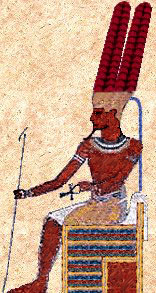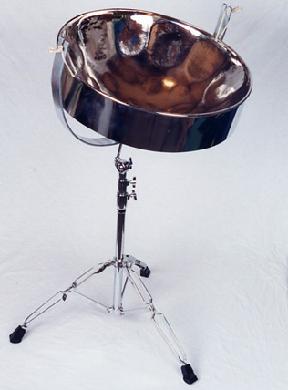 We spent the day skiing with one of my sensei. During the day, my son started calling him "Yeti." Yeti was instrumental in guiding and teaching me earlier on in my career. One day many moons ago he asked me if I ever skied. I said no. He asked me if I wanted to learn. I said yes. I will never forget his two words of wisdom to me on that first ski outing -- Follow me. And the rest is history.
We spent the day skiing with one of my sensei. During the day, my son started calling him "Yeti." Yeti was instrumental in guiding and teaching me earlier on in my career. One day many moons ago he asked me if I ever skied. I said no. He asked me if I wanted to learn. I said yes. I will never forget his two words of wisdom to me on that first ski outing -- Follow me. And the rest is history.During lunch I told Yeti about this blog. I asked him to teach us something new. His response: Did we know the name of the only new musical instrument that was invented in the twentieth century? After a few rounds of unsuccessful guesses, Yeti told us about the steelpan.
The steelpan is made from a 55-gallon drum, the kind that oil is stored in. The pans are struck with a pair of sticks tipped with rubber. Steelpan musicians are called pannists. The instrument was created on the Caribbean islands of Trinidad and Tobago in the 1930s.






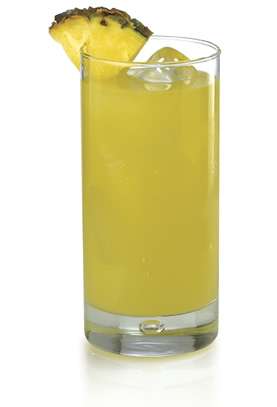
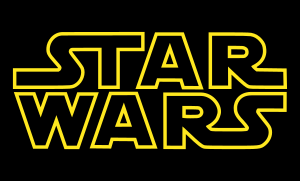




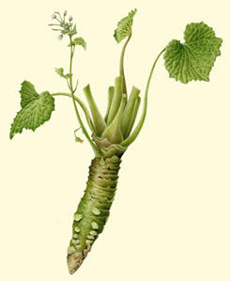




.JPG)
